Like seriously, where the hell have I been?! Big, bold reds, under-the-radar whites, and divine bubbles – Catalonia wine has it all. Located in northeast Spain and comprised of the provinces of Barcelona, Girona, Lleida, and Tarragona, Catalonia – or Catalunya in Catalan – is the second largest wine producing region in Spain. The region is full of history and has winemaking traditions dating back to the 12th century. What’s more, it is the birthplace of Cava, which was invented in 1872 in Sant Sadurní d’Anoia by Josef Raventos of the famous Codorniu Winery.
While I’ve drunk many a Catalonia wine, I can’t say that I’d really thought about (or understood) the region as a whole or its unique position in Spain. For me, that begin to change last year when I started to take a deeper dive into Cava. I love sparkling wine and am always being asked about quality, affordable wines, not to mention looking for wines to feature in my own tastings. A swoon-worthy bottle of Cava got my attention and set me on the path to becoming a certified Cava Educator. Not long after that, I was off to Barcelona to get an in-person glimpse of the region. And most recently, I took a local class on Catalonia that provided even more exposure.
Add in tons of additional self-study, and I’m now ready to share with you! Now, I’m going to start with some background on the grapes and sub-regions, but if you’re impatient and all about the travel, then scroll on down below to check out my visit to the region.
Catalonia’s Wine Varietals
Catalonia wine are quite distinct from the wines in other parts of Spain. Over the years, Catalonia has had significant influence from its nearby French neighbors adopting French winemaking techniques as well as embracing French varietals. It’s because of this influence that the region is known for its versatility of wine styles with wines that feature international and local varieties alike, often blended together. Add that to Catalonia’s varied geography and micro-climates, and you get wines that can appeal to a wide variety of folks.
Given its location with an extensive Mediterranean coastline, it’s no surprise that Catalonia is home to heat-loving Mediterranean varieties. Here Garnacha (Grenache) and Carignan (Cariñena) reign supreme for the region’s robust reds accompanied by smaller amounts of Tempranillo (called Ull de Llebre in Catalan). The international French influence is also apparent as Cabernet Sauvignon, Merlot, and Syrah are also widely represented.
Macabeo, Xarel-lo, and Parelleda are significant when it comes to white varieties, as they provide the backbone of Cava production. Chardonnay and Garnacha Blanc are also important for the white wines of Catalonia.
Catalonia’s Wine Regions
Catalonia is made up of 11 geographic regions, plus an additional one for a particular style of wine. You’re likely familiar with a few of these.
Penedès DO
Stretching west from the Mediterranean toward inland hills and mountains, Penedès is ground zero for sparkling wine production. If you’ve ever enjoyed a glass of Cava, chances are it came from Penedès, which accounts for around 95% of the world’s Cava production. But it’s not all bubbles as Penedès has a small contingent of still-wine producers as well. Having enjoyed a tasty still varietal Xarel-lo (the most widely planted variety) I can attest that it is indeed possible to get a still wine from the area. Other good still-wine bets include Chardonnay, Muscat, Merlot, Cabernet Sauvignon, and Tempranillo. Penedès has also been the standard bearer when it comes to advancement and innovation as it was here that stainless steel and cold fermentation were first used.
Priorat DOCa
Located in the center of Tarragona province, rugged, steep, hilly Priorat is without a doubt, the star of the region and one of only two regions in all of Spain (along with Rioja) to receive the top-tier DOCa designation. Home to century-old Garnacha and Carignan vines planted at elevations up to 2,000 feet, these are some of Spain’s priciest wines. Old vines provide much less (though some of the best quality) fruit which means there’s less grapes to make into wine. Add in the fact that the steep vineyards require everything to be done by hand and the fact that the word has gotten about about how great the wines are, and it’s no surprise that a bottle of Priorat is not an inexpensive proposition. But these complex wines with prominent minerality (the result of the region’s famous slate soils known as llicorella) are worth it in my opinion. And while known for its bold and powerful wines, Priorat also produces wines of amazing elegance as well. There’s even the white and rosé unicorn here and there too!
Montsant DO
Like Priorat, Montsant is home to old vine Garnacha and Carignan. The region wraps around the smaller Priorat and shares much in common with its more famous neighbor including vines planted at high elevation in similar soils and climate. The good news is, folks are not as knowledgeable about Monsant, so wines come at more modest prices. Some refer to the wines of the region as “poor man’s Priorat” which in my opinion, seriously undermines how great these wines can be. In addition to Garnacha and Carignan, Syrah and Garnacha Blanca also play an important role in the wines of the region. Like Priorat, the wines can be bold with high levels of alcohol, but can also yield refined and mineral-driven wines when made from fruit grown in high-elevation, stony soils. It may live in Priorat’s shadow, but during a recent tasting that featured both Montsant and Priorat wines, my vote went to the Montsant wines.
Tarragona DO
Gaining DO status back in 1947, Tarragona is one of Spain’s oldest DOs. Located south of Barcelona and east of Priorat and Montsant, the region is actually comprised of two separate areas. The division came about when Montsant was carved out of the region and made its own DO. The larger portion of the region sits along the coast and enjoys a Mediterranean climate, while the smaller inland portion enjoys more of a continental climate. While red, white, and rosé wines are produced, the region is most known for its white wines, a great deal of which is used in Cava production. Though not as prominent as they once were, traditional sweet fortified wines including late-harvest Garcnach and Moscatel de Tarragona are also produced int he region.
Conca de Barberà DO
Historically, Conca de Barberà was known for Macabeo and Parellada as most of the production was used for Cava. Often, these varietals were blended with Chardonnay. But recent years have seen an increased interests in the red wines of the region. With its high elevations and limestone-based soils, international varietals like Cabernet Sauvignon, Merlot, and even Pinot Noir are emerging as bright spots in the region. It is also home to the red variety, Trepat, which is used Cava rosado wines as well as red-wine blends featuring Tempranillo and Garnacha.

Costers del Segre DO
With Llieda as its center, the heart of Costers del Segre sits within the river basin of the River Segre. The region’s name translates to ‘the banks of the Segre’, which is a tributary of the Ebro River that originates in the Pyrenees. It’s inland location and harsh, dry, semi-arid desert conditions means its not the easiest place for wine growing. And given its lack of natural trade routes, you really have to want to make wine out here to do well. Despite all of this, winemaking has existed in the area for centuries. While phylloxera decimated the region resulting in stagnation for a while, the region began to rise to prominence again due in principal part to the folks at the Raimat wine estate. Where others just saw a desert, the Raventós family saw an oasis. Costers del Segre is comprised of several smaller sub-zones with differing soils and climactic conditions. This variation, as well as a sense of experimentation from local winemakers, means a wide variety of grapes are grown in the region.
Terra Alta DO
The most southerly of Catalonia’s DOs, Terra Alta is nestled amongst the mountains and is the highest winemaking region with elevations that reach up to 3,000 ft. In fact, Terra Alta means “High Land.” Previously unknown to many, things are beginning to change. It is emerging as preeminent producer of Garnacha Blanc. In fact, a third of the world’s (and about 3/4 of Spain’s) Garnacha Blanc is grown here. When it comes to red wines, elegant and fresh Garnacha, Carignan, Syrah, Tempranillo and Morenillo can be found. It’s also a natural location for sustainable practices due to its mountainous terrain and dry wind (called El Cierzo) that comes from the Ebro River valley which moderates temperatures and prevents vine disease.
Pla de Bages DO
The smallest of Catalonia’s DOs, Pla de Bages sits just 30 miles northwest of Barcelona. This historic place draws its name from Bacchus, the god of wine, as it experienced extensive wine production during the Middle Ages. The original town in the area was named “Bacassis” and evolved over time into the current iteration which means ‘plain of Bages.’ Both red (Garnacha, Tempranillo, Cabernet Sauvignon, Merlot) and white (Picapoll/Picpoul, Macabeo, Parellada, and Chardonnay) wines are made in the region at altitudes beginning at 650ft up to over 1,600ft. While Pla de Bages is more known for its crisp white wines, red wine production has been on a steady increase in recent years.
Empordà DO
Located in northeastern Spain, Empordà is bordered by France and the Pyrenees to the north and the Mediterranean to the south. It sits just south of France’s Roussillon wine region and encompasses the very popular tourist area of Costa Brava. Given its location along the sea, the region has a Mediterranean climate, but also receives tremendous impact from the strong Tramontana winds that originate in the Pyrenees. These winds help the vines avoid disease which makes organic and biodynamic cultivation possible. The majority of the wines are red with Carignan and Garnacha leading the way. For white wines, Garnacha Blanc, Macabeo, and Moscatell/Muscat of Alexandria are most prominent. The region is also known for dessert wines made from Garnacha and Moscatell much like neighbor Roussillon which is known for its Maury and Banyuls desert wines. The region is also know for its cork trees and is responsible for roughly 15% of the world’s cork production.
Alella DO
In northeastern Spain a few miles up the coast from Barcelona, tiny Alella is known more as an “urban” wine growing region. It is mainly known for dry, crisp, and floral white wines made from Xarel-lo (called Pansa Blanca locally) as well as Garnacha Blanca and Viura/Macabeo. International varieties like Chardonnay and Sauvignon Blanc are also represented. The region is also known for some sweet white wines where Xarel-lo leads the way. Red wines are mostly blends and feature Garnacha, Merlot, and Tempranillo.
Catalonia DO
The Catalonia DO serves as Spain’s first region-wide denomination and is a catch all for the vineyards not otherwise covered by the region’s other DO’s. Any grape variety allowed by the other DOs is allowed in these wines.
Cava DO
The Cava DO is unique in that it encompasses the wine itself and its production method, rather than the geographic region in which it is made. Thus Cava is not exclusively made in Catalonia. But I’m including it here since 95% of Cava production does occur in Catalonia, specifically in Penedes. But do know that Cava can be made in various places throughout Spain. If you want more detail, check out the article I wrote for The Vintner Project.
Go Visit Catalonia Wine Country!
Looking to get up close and personal with Catalonia wine? Head to Barcelona and take it from there. Beaches, architecture, great food, and the proximity to wine country make Barcelona an ideal place for a vino-fueled vacation. I was fortunate to recently take a trip to Catalonia courtesy of the folks from Codorniu Winery, the oldest wine and Cava producer in Spain. After Josep Raventós made the first bottle of cava in 1872, multiple generations continued the work – eighteen in all. Today, there are fifteen brands in the portfolio of this historic producer that offer some of the best that Catalonia has to offer. And I love the commitment to sustainability that these producers have.
Enjoy Barcelona
While the trip was about Catalonia wine, we took some time to enjoy Barcelona (which I hadn’t visited in a couple of decades) as well. An architecture tour is a great way to gain a historical appreciation of the city.
And of course, a walk down Las Ramblas and a visit to La Boqueria market is a must for all the senses.
Our first night’s dinner was at Camping Mar, which was where I got acquainted with pan con tomate which is “bread with tomato.” It is a popular Catalan tapa made with truly the simplest of ingredients – hearty bread, fresh tomatoes, garlic, olive oil, and sea salt. You simply rub fresh tomato and garlic over toasted bread, drizzle a little olive and salt and that’s it. This deceptively simple dish is quite a treat for the taste buds. It’s success lies in the quality and freshness of the ingredients. I think we had this dish at pretty much every meal. Sometimes it came all put together while other times we were brought the components. However it was served, I legit swooned!
This dinner also served as a great opportunity to indulge in several other classic Catalan dishes as well as enjoy some Catalonia wine from the Codorníu portfolio.
We also enjoyed Fire for dinner.
And Darvasa, which was probably my favorite meal in Barcelona. Such food artistry and a swanky interior to boot!
Codorníu Winery (Penedès)
To be sure, the beating heart of Catalonia wine is Sant Sadurní d’Anoia where there are over 100 wineries there that specialize in the production of sparkling wine. And lucky for bubbly fans, it’s less than an hour from the heart of Barcelona – about 31 miles if we’re getting specific. It’s easiest to reach by car, but travel by rail is also possible. If you’re going to enjoy Cava, why not do it in the place where it all got started? The first day of our trip saw us spending the day at Codorníu Winery.
After all, they are the oldest winegrowing business in Spain. Whether you want to tour large, historical places like Codorníu or smaller mom and pop operations, there is no shortage of bubbles in which to revel. And what a day it was!
We were able to explore the labyrinth of caves underground that extend for an amazing 30km – that’s a little over 18 miles! Luckily we had a train to ride through some of the caves.
We tasted some exquisite and rare cavas with head of winemaking, Bruno Colomer. These were some great examples of how beautifully Cava can age.
We also enjoyed a delicious lunch at the on-site restaurant, Els Jardins de Codorníu. The jamón ibérico, croquetes, anchovies were all delightful. And the Iberian pork “pluma” which is boneless flank pork is one of the most amazing things I’ve eaten in a long time.
I learned so much about the history of this groundbreaking estate. And there may have been some crazy poses bad fun along the way as well.
I really love that Codorníu has a variety of experiences for visitors to enjoy. Whether you want to enjoy a tasting in their gorgeous tasting room, learn about the history of the estate and Cava, take the train to explore the caves, or enjoy some nibbles from the restaurant, there’s no shortage of options.
Bodega Raimat (Costers del Segre)
Certainly a jewel in the Codorníu portfolio, Bodega Raimat was founded over 100 years ago in Lleida Catalonia. In 1914 Manuel Raventós saw potential where so many others just saw a desert. Located in the D.O. Costers del Segre, Raimat was actually the driving force behind the creation of the D.O. The winery itself is a delineated sub-zone within the region and is the primary producer.
Known as the “cathedral of wine” due to its unique architectural characteristics, the winery was the first concrete building in Spain. And it truly is like a living museum.
What stood out for me during my visit is that for them, everything is about sustainability. Like everything. When you step on the grounds, you are surrounded by nature, natural beauty, and can sense the seamlessness of winery and environment. And it’s been that way from the very beginning. Way before the cool kids starting going on about sustainability.
And beyond the winery, there is so much to experience at Raimat, including their incredible nature park, castle, and their hot air balloon! And yes, the castle can be rented! It was my first time having dinner and spending the night in a castle. And the resident storks, which have nests all around the property are truly a wonder!
The hot air balloon was also a first. And yes, your girl was literally alone in the ballon giving it fire power! Eek!
The nature park dubbed Raimat Natura is truly a wonder. This family and natural tourism attraction covers 700 hectares of the Raimat estate, and allows visitors to discover numerous species of flora and fauna that inhabitat the area, as well as enjoy bicycle routes and walking trails. It’s an amazing eco-system where aquatic birds, birds of prey, and mammals live alongside one hundred year old holm oaks and vine plantations.
And if that’s not enough, they have an onsite restaurant (gotta make reservations) that cranks out ridiculously delicious food.

Like, this was the potato of my life!
Cellers Scala Dei (Priorat)
If you’re in Catalonia, a trip to the wineries of Priorat is a must. Plus, the region is just 90 miles east of Barcelona. And why not Scala Dei? It is the oldest winery in Priorat with origins that go back to 1194, the year in which the Carthusian monks established themselves in the village of Scala Dei in the province of Tarragona. Their vines stand out for being the oldest in the area and are located at altitudes between 400 and 800 metres, with unique soils and varied orientations. I don’t know about you, but I’m obsessed with these old, gnarly vines.
And if you’ve ever had the wines of Scala Dei, then you understand what the vines are giving us. Their “Historic Vines” collection are wines that truly tell the story of land. Intense, nuanced, and complex, with a lengthy finish, I could drink those wines any time! I’m honestly just as smitten with their everyday, classic wines which offer the structure and intensity for which the region is known.
A visit is truly like stepping into history. Old vines clinging to rugged terraces, centuries-old fermentation lagars, and medieval buildings all serve as reminders of the dynamic past of the region.
The winery itself is located in a building where the Carthusians’ legal and financial representative lived in the 17th Century. It truly seems like out of something a century ago. And I guess perhaps that’s because it is.
Even the food provides a nod to the past. We had lunch at the very charming El Rebost de la Cartoixa next to the winery where I felt like I was eating with family. The rustic, tasty food reminded me of eating at my grandmother’s house. The chicken with prunes was the bomb! Like if I hadn’t been in public with other people, I would have licked the bones!
But don’t let all the history fool you. These are amazing wines with a sense of place crafted in with a modern sensibility. The Garnacha is of course amazing, but during my visit we also got to taste a couple of unicorns – a white and a rosé from Scala Dei. I had to bring some home! And when visiting, you’ll truly be amazed at how reasonable the tasting fees are.
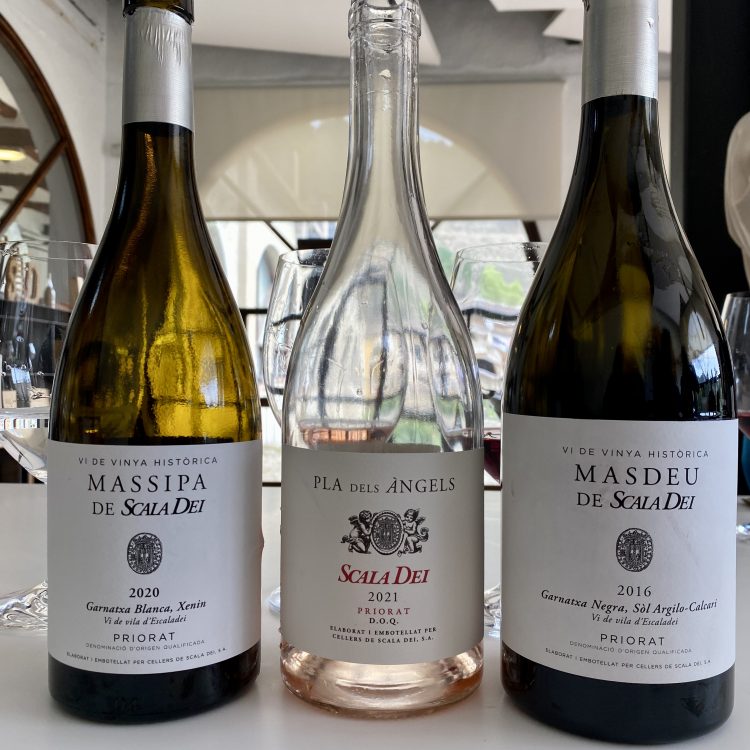
Well, I hope I’ve tempted you to grab a bottle or three of Catalonia wine. Even more, I hope you’ll take my suggestion and visit this amazing region. Heck, I’ll even go with you! In the USA and looking for a place closer to home? May I suggest Texas wine country?







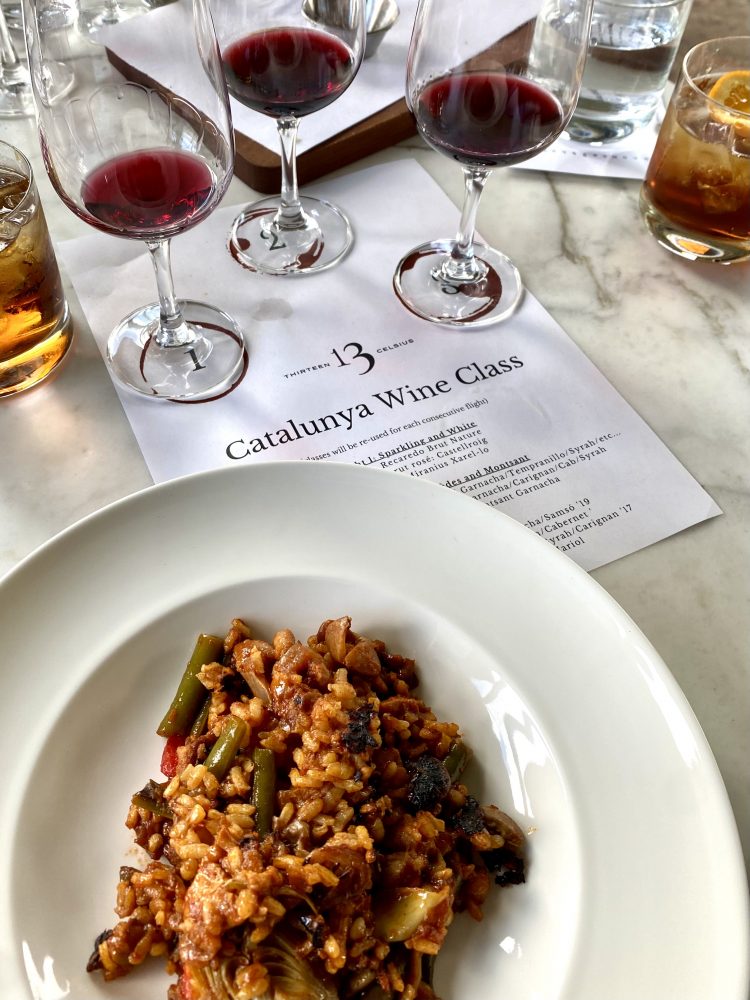















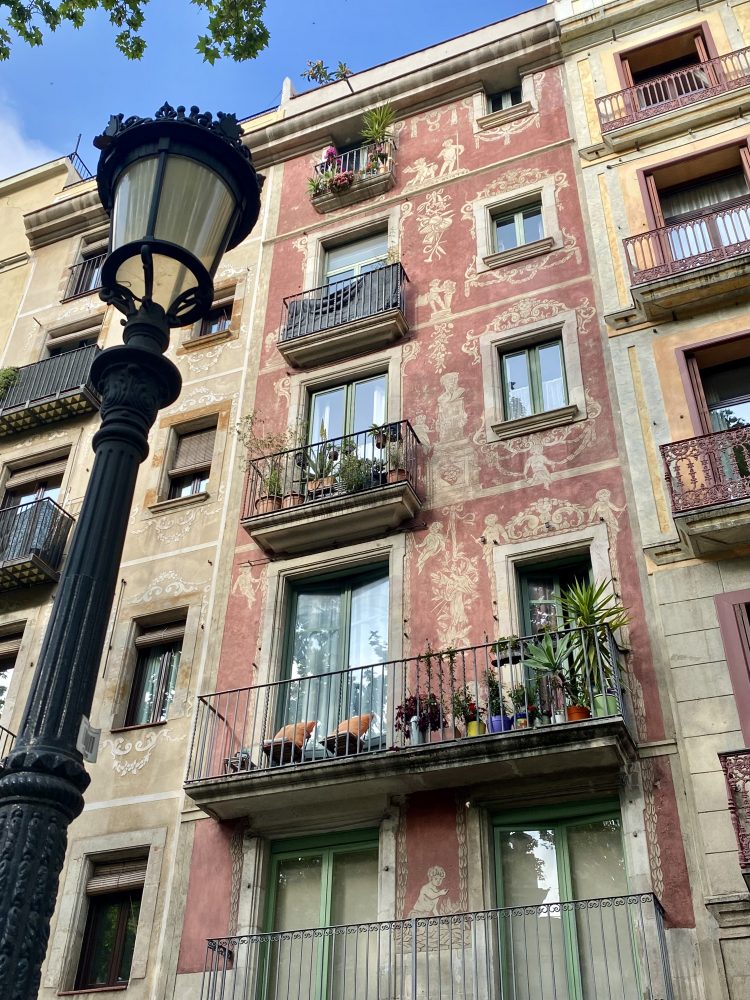
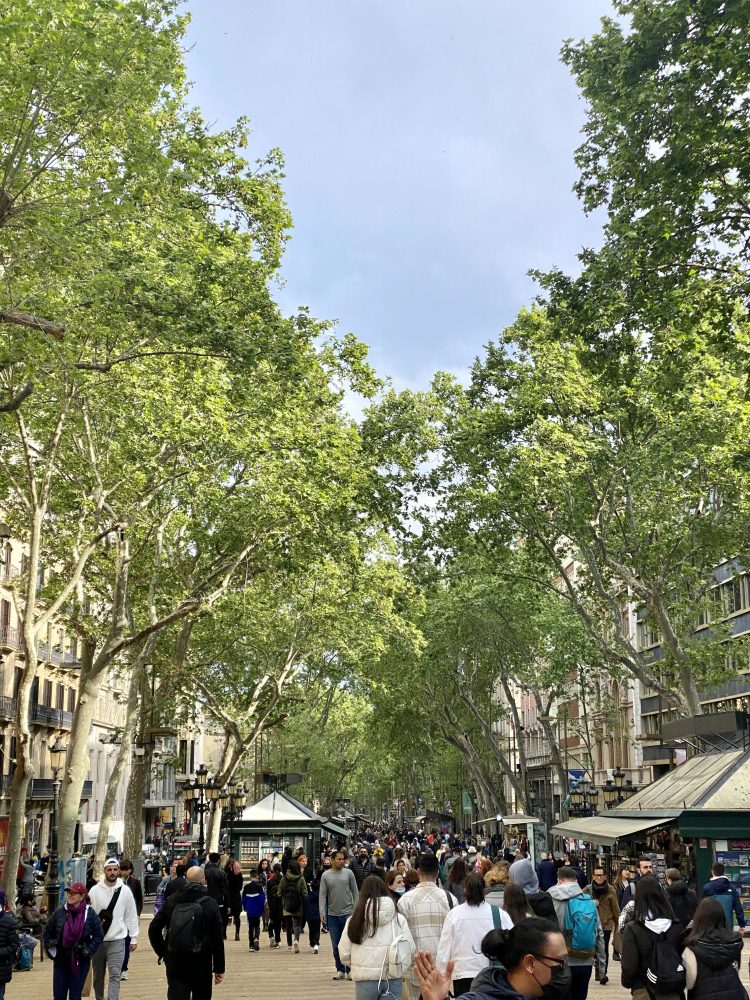




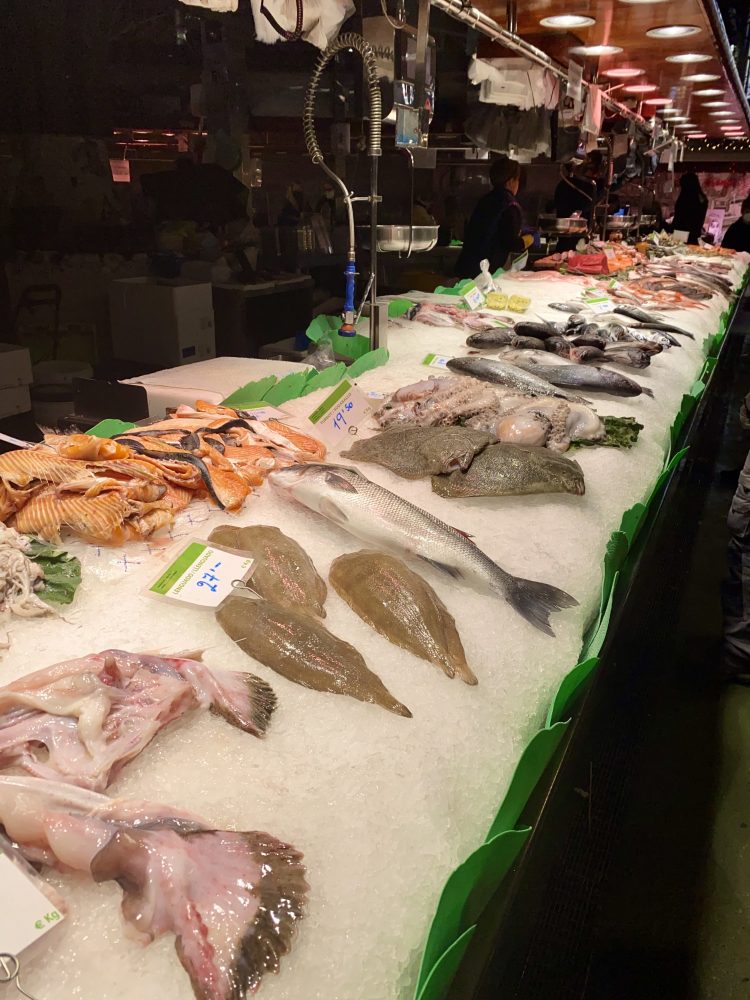


















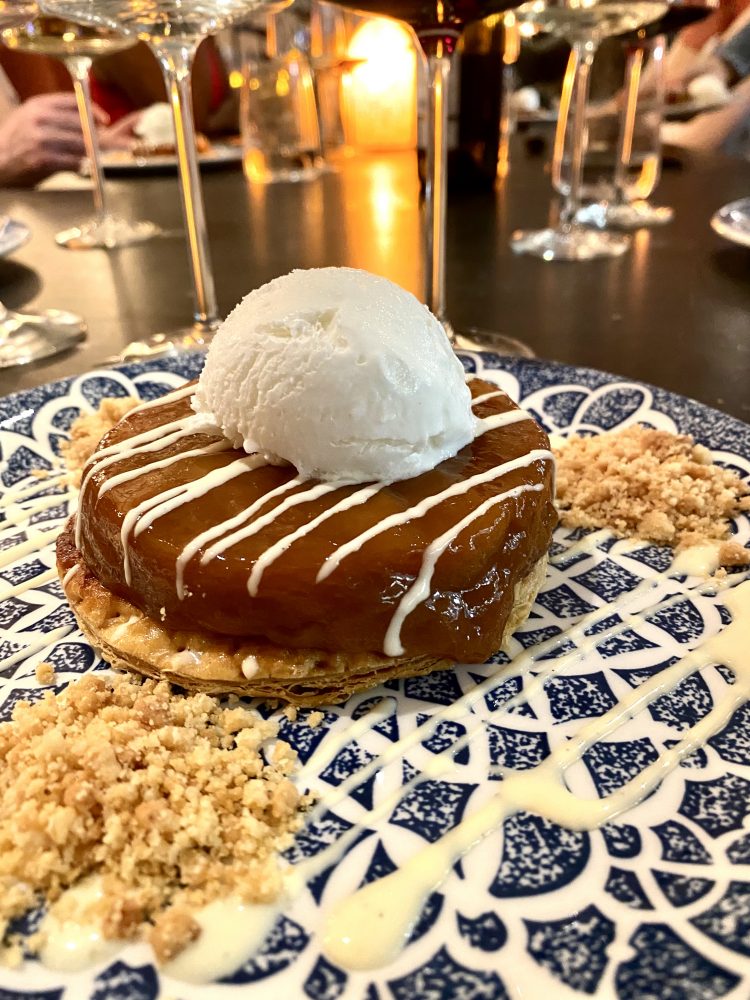






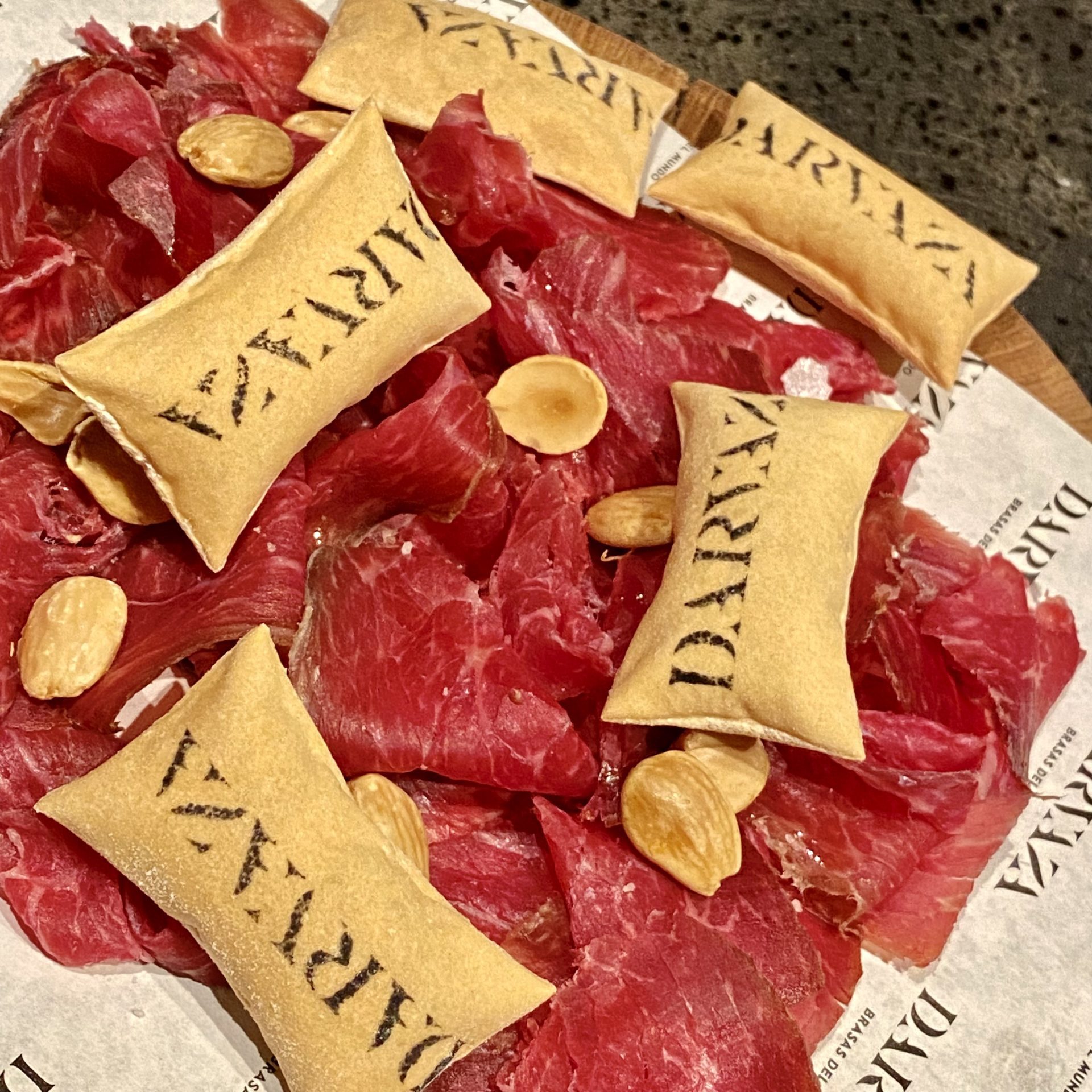



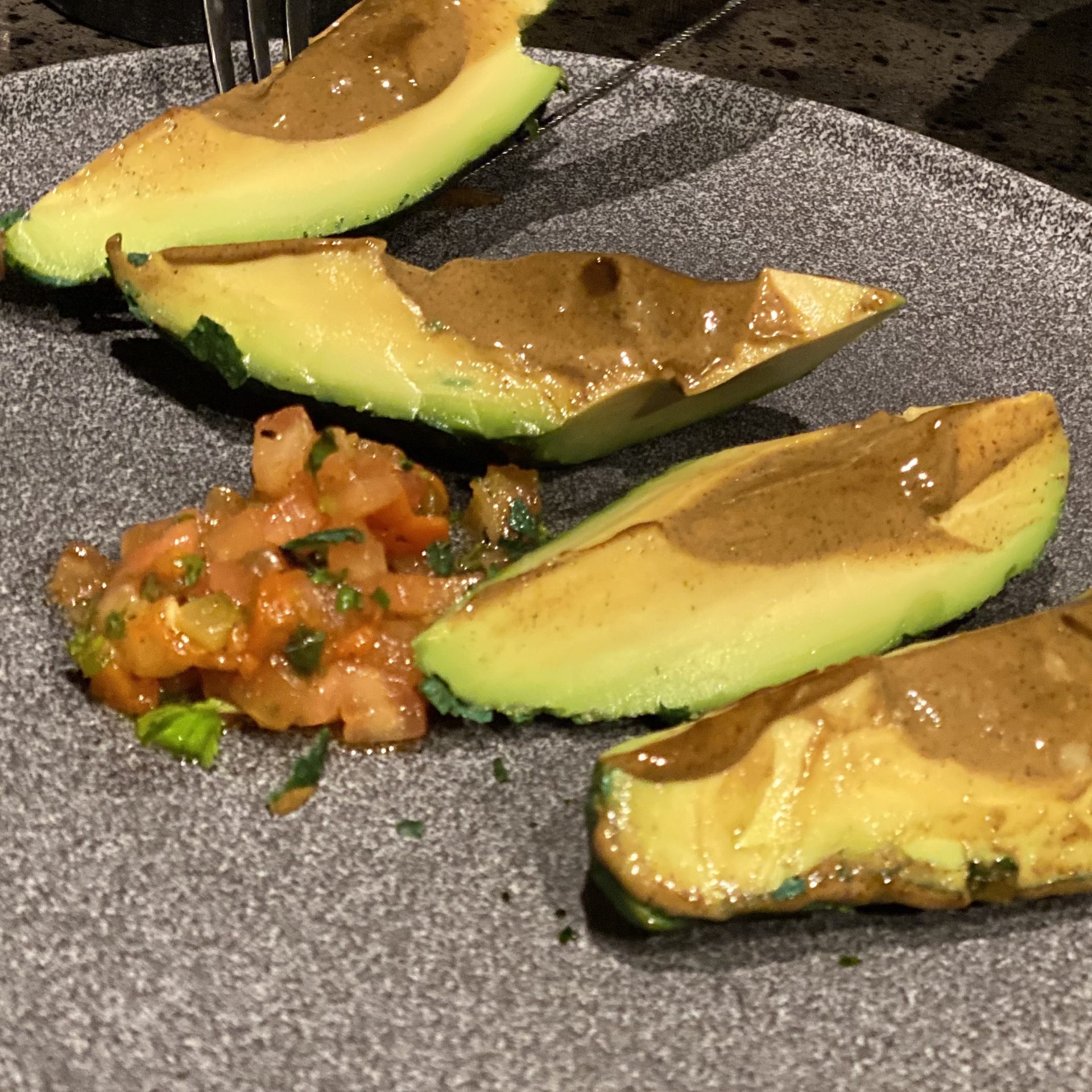






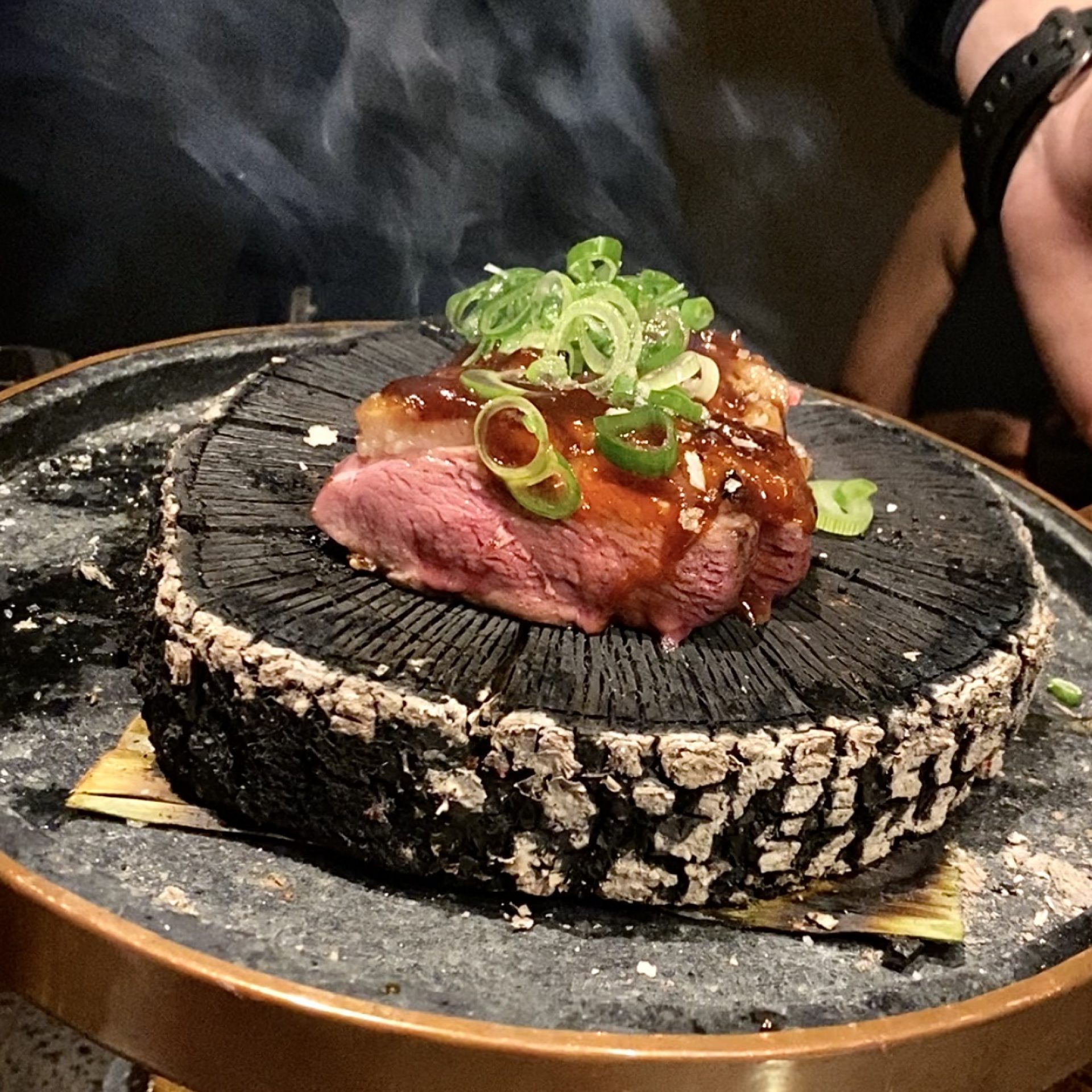






















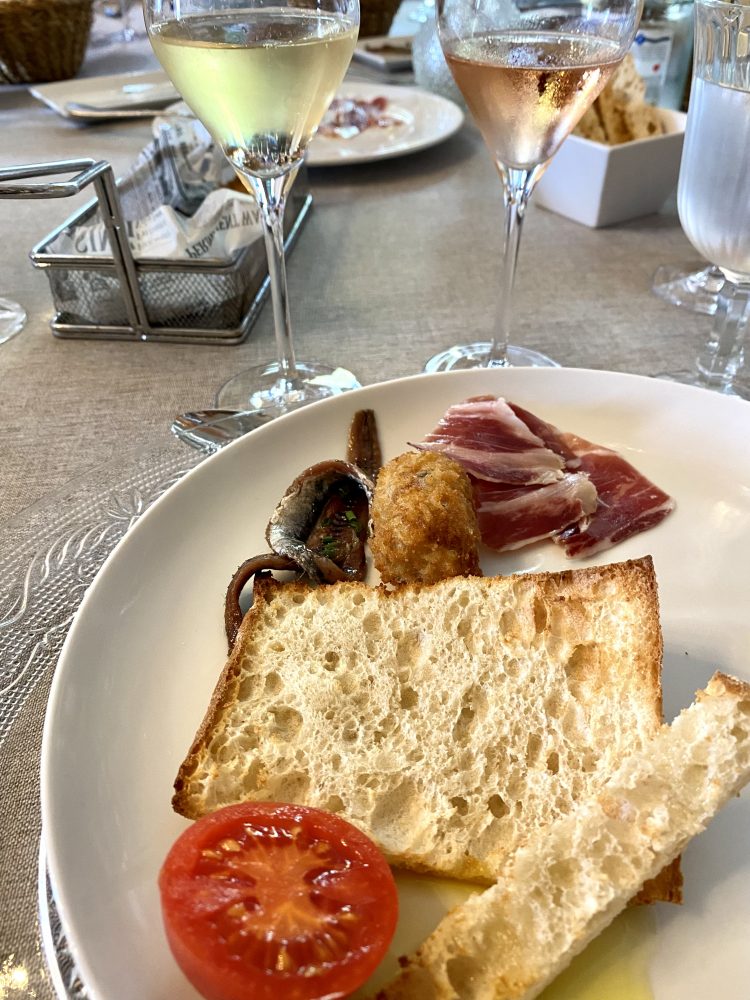











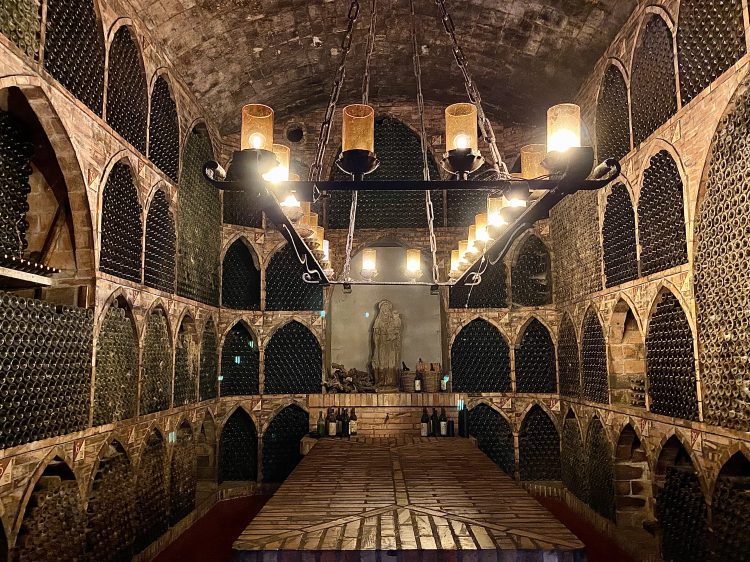





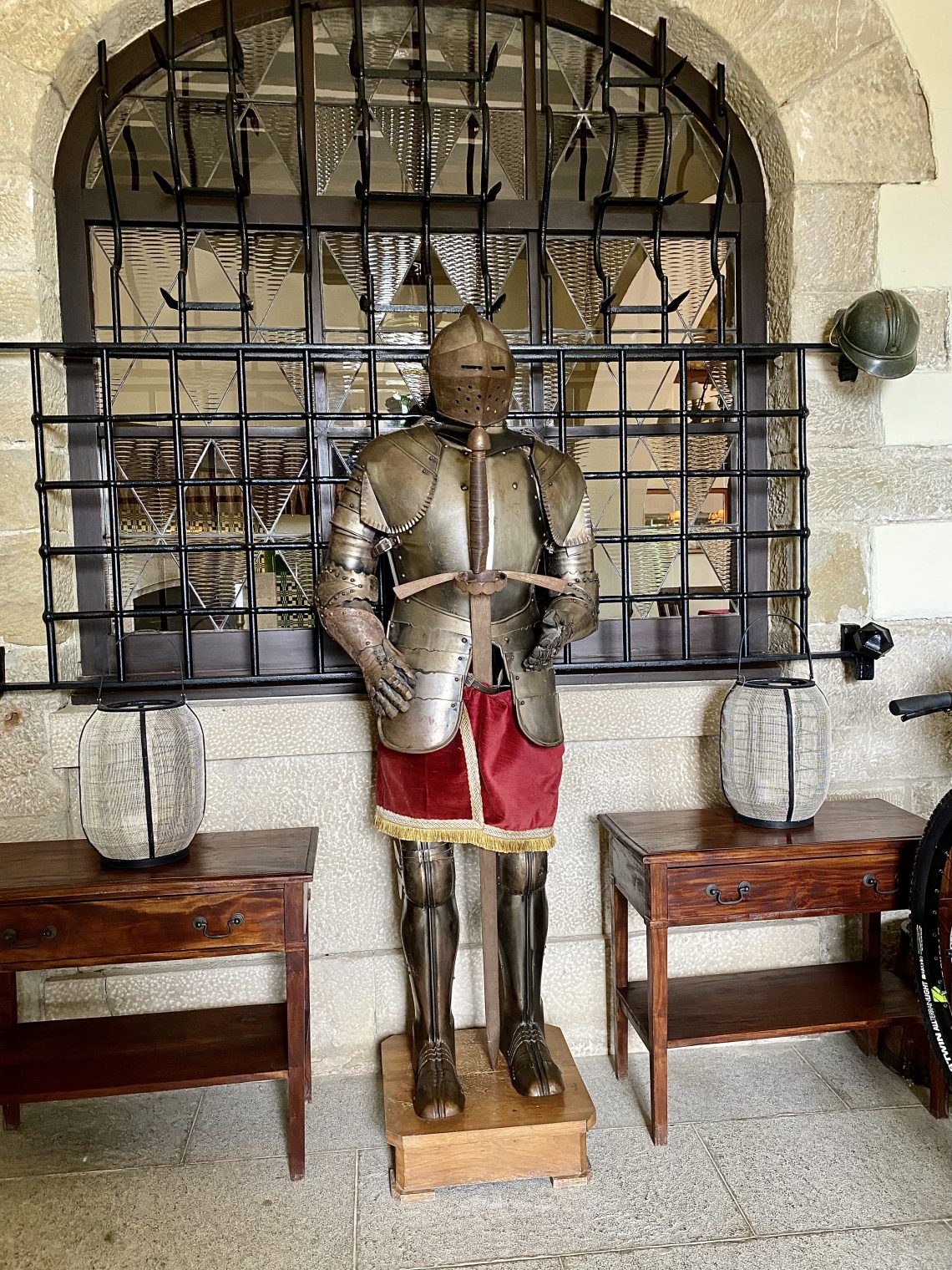


















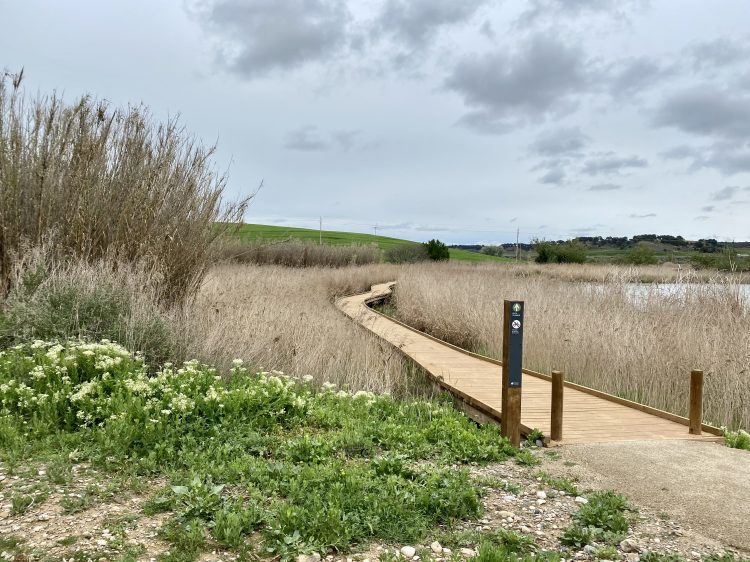




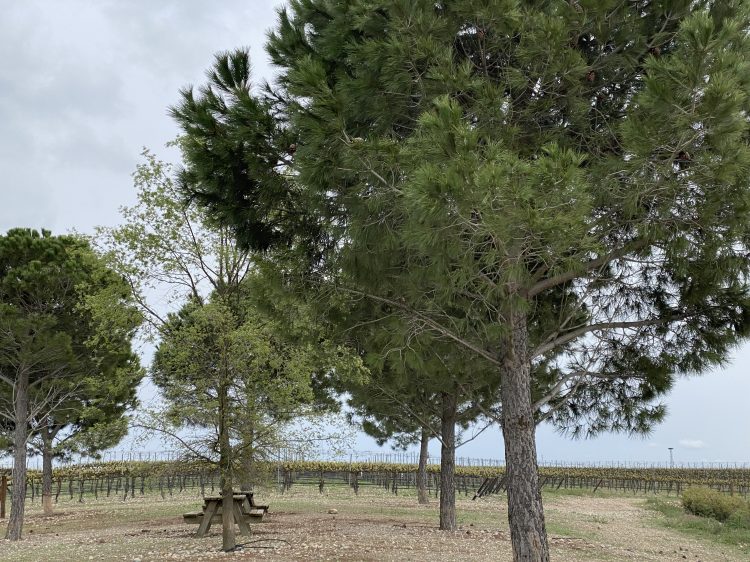

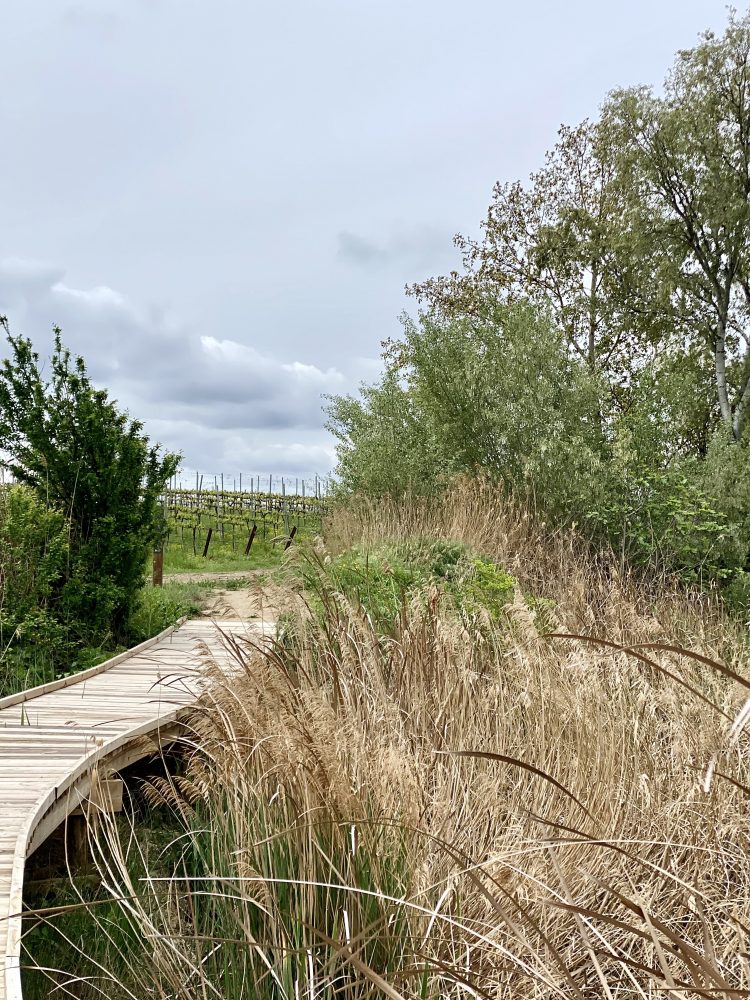


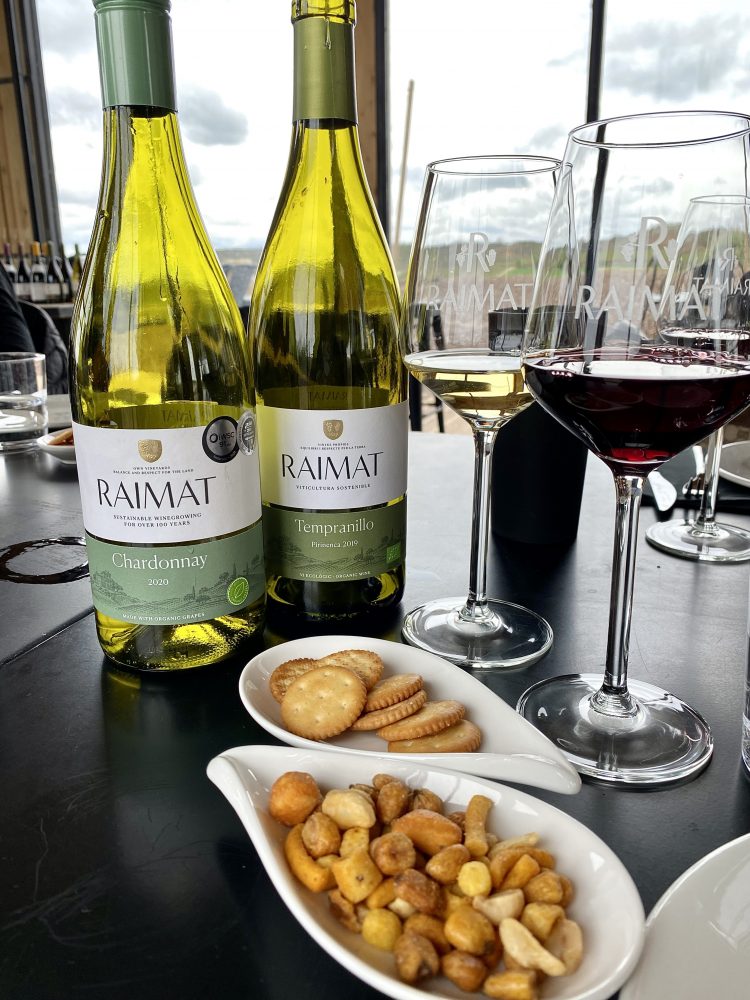





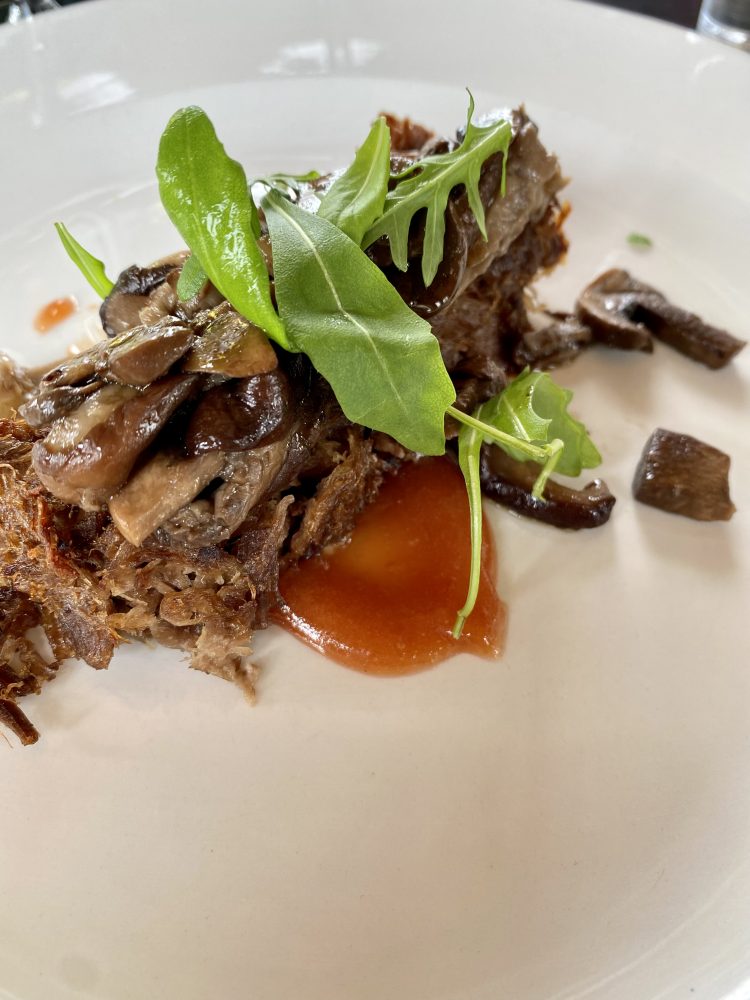


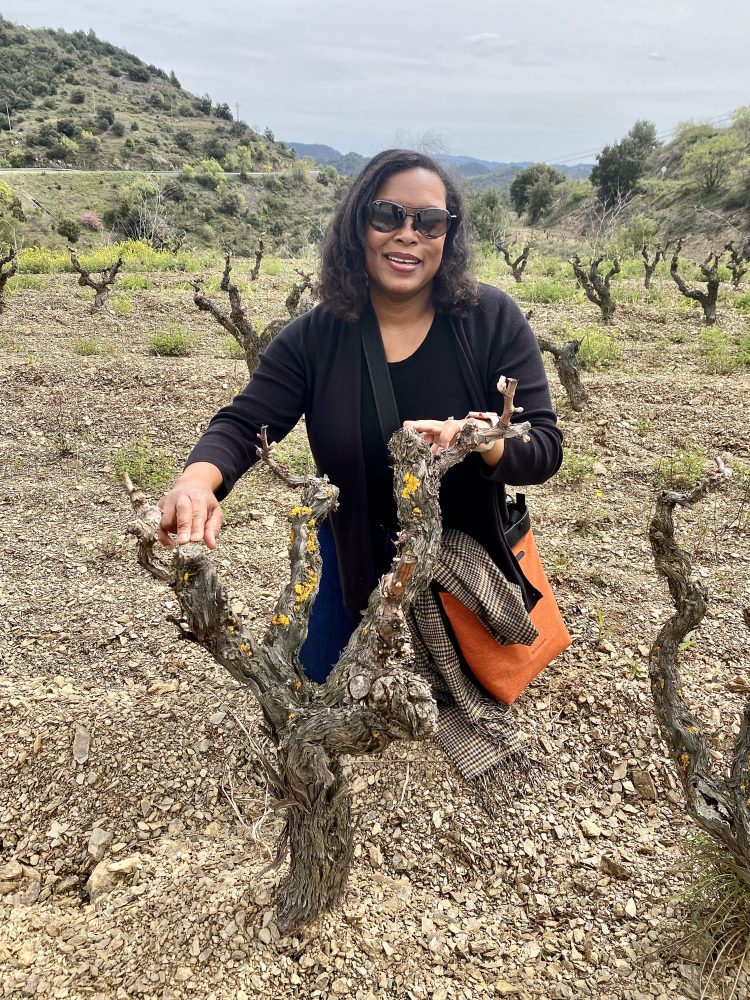

















No Comments